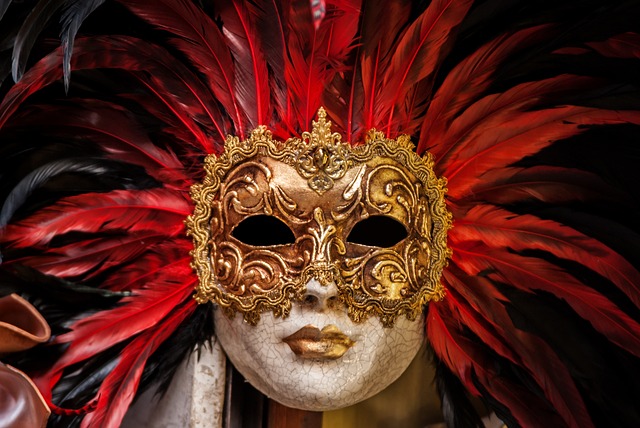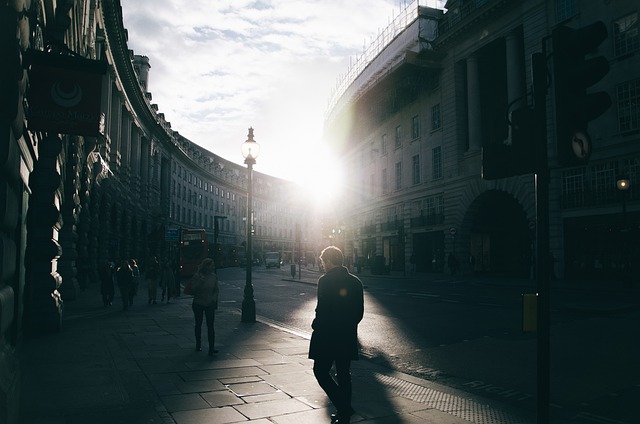British Festivals: Notting Hill Carnival, Bonfire Night, and More

The United Kingdom is a land of vibrant festivals and celebrations, each offering a unique glimpse into the country’s rich cultural heritage and diverse communities. From the colorful streets of the Notting Hill Carnival to the fiery spectacle of Bonfire Night, British festivals are a testament to the nation’s love for tradition, creativity, and community spirit. This article explores some of the most iconic British festivals, their origins, and what makes them so special.
1. Notting Hill Carnival
Overview
- When: Last weekend of August (Sunday and Monday)
- Where: Notting Hill, London
- Significance: Celebrating Caribbean culture and heritage
History
The Notting Hill Carnival began in 1966 as a way to showcase Caribbean culture and bring together the diverse communities of London. It was inspired by the carnivals of Trinidad and Tobago and has since grown into one of the largest street festivals in the world.
Highlights
- Parades: Vibrant processions featuring elaborate costumes, steel bands, and floats.
- Music: A mix of calypso, soca, reggae, and dancehall, with live performances and sound systems lining the streets.
- Food: Delicious Caribbean cuisine, including jerk chicken, curried goat, and patties.
- Atmosphere: A lively, inclusive celebration of diversity and unity.
2. Bonfire Night (Guy Fawkes Night)
Overview
- When: November 5
- Where: Across the UK
- Significance: Commemorating the failed Gunpowder Plot of 1605
History
Bonfire Night marks the anniversary of the Gunpowder Plot, when Guy Fawkes and his co-conspirators attempted to blow up the Houses of Parliament in 1605. The plot was foiled, and the event is celebrated with bonfires and fireworks.
Highlights
- Fireworks Displays: Spectacular shows lighting up the night sky.
- Bonfires: Large fires, often with an effigy of Guy Fawkes, known as a “guy.”
- Traditional Foods: Toffee apples, parkin (a spiced cake), and hot chocolate.
- Community Events: Local gatherings with family-friendly activities and entertainment.
3. Edinburgh Festival Fringe
Overview
- When: August
- Where: Edinburgh, Scotland
- Significance: The world’s largest arts festival
History
The Edinburgh Festival Fringe began in 1947 as an alternative to the official Edinburgh International Festival. It has since become a global platform for performers in theater, comedy, dance, and more.
Highlights
- Performances: Thousands of shows across hundreds of venues, from established theaters to pop-up spaces.
- Comedy: A major focus of the Fringe, with performances by both emerging and renowned comedians.
- Street Performers: Entertainers showcasing their talents on the Royal Mile.
- Atmosphere: A vibrant, creative energy that transforms the city into a hub of artistic expression.
4. Glastonbury Festival
Overview
- When: Late June (usually every five years)
- Where: Pilton, Somerset
- Significance: One of the world’s most famous music festivals
History
Glastonbury Festival was first held in 1970 and has since become a cultural phenomenon, attracting top musical acts and hundreds of thousands of attendees.
Highlights
- Music: Performances by world-renowned artists across multiple stages.
- Arts and Culture: Theater, circus acts, and visual arts installations.
- Sustainability: A strong focus on environmental initiatives, including recycling and renewable energy.
- Community: A sense of camaraderie and shared experience among festival-goers.
5. Chelsea Flower Show
Overview
- When: May
- Where: Royal Hospital Chelsea, London
- Significance: A prestigious horticultural event
History
The Chelsea Flower Show, organized by the Royal Horticultural Society, has been held since 1913 and is one of the most famous flower shows in the world.
Highlights
- Garden Displays: Stunning show gardens designed by leading landscape architects.
- Floral Arrangements: Exquisite displays of flowers and plants.
- Expert Advice: Opportunities to learn from gardening experts and attend workshops.
- Royal Patronage: Often attended by members of the British royal family.
6. Burns Night
Overview
- When: January 25
- Where: Across Scotland and the UK
- Significance: Celebrating the life and poetry of Robert Burns
History
Burns Night commemorates the birthday of Scotland’s national poet, Robert Burns, and has been celebrated since the 19th century.
Highlights
- Traditional Supper: Featuring haggis, neeps (turnips), and tatties (potatoes), accompanied by whisky.
- Poetry Readings: Recitations of Burns’ works, including “Address to a Haggis.”
- Music and Dance: Traditional Scottish music, including bagpipes, and ceilidh dancing.
- Atmosphere: A warm, convivial celebration of Scottish culture.
7. Trooping the Colour
Overview
- When: June (usually the second Saturday)
- Where: Horse Guards Parade, London
- Significance: Celebrating the official birthday of the British monarch
History
Trooping the Colour has been a tradition since the 18th century, originally a military parade to ensure soldiers recognized their regimental colors.
Highlights
- Military Parade: A display of precision and pageantry by the Household Division.
- Royal Attendance: The monarch and other members of the royal family attend and participate.
- Flypast: A spectacular aerial display by the Royal Air Force.
- Public Celebration: A chance for the public to witness a quintessentially British event.
8. Hay Festival
Overview
- When: Late May to early June
- Where: Hay-on-Wye, Wales
- Significance: A celebration of literature and the arts
History
The Hay Festival was founded in 1988 and has grown into one of the most prestigious literary festivals in the world.
Highlights
- Author Talks: Discussions and readings by renowned authors and thinkers.
- Workshops: Interactive sessions for aspiring writers and readers.
- Music and Performance: A diverse program of concerts and theatrical performances.
- Atmosphere: A lively, intellectual gathering in the picturesque town of Hay-on-Wye.



